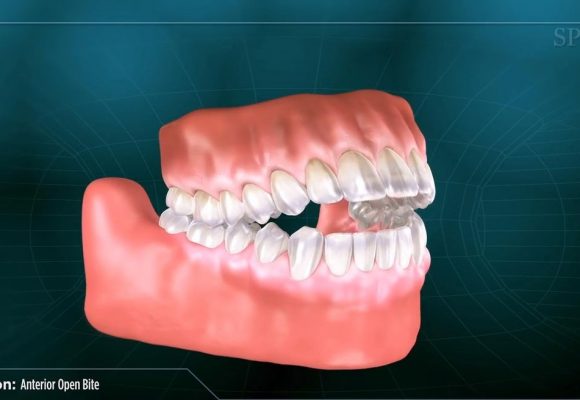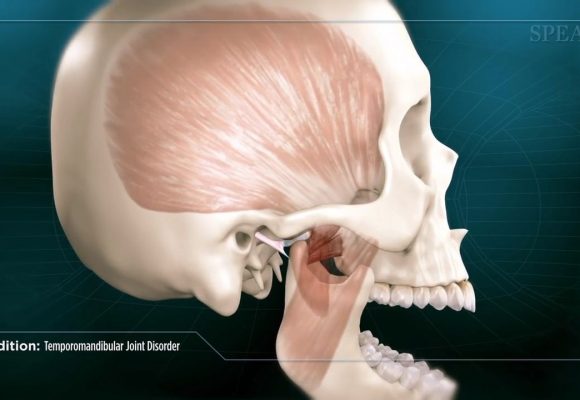Occlusion is a term dentists use to describe how teeth come together. When a client has proper occlusion it means that their teeth touch as intended much like gears coming together in an engine.
In some cases, a patient’s upper molars line up forward of their lower molars, causing the upper teeth to protrude forward in what is commonly called an overbite. Depending on the patient, the upper front teeth will usually be either tilted outward towards the lip, or inward towards the lower teeth.
Bite misalignment, or malocclusion, can result in a number of consequences as the teeth come into contact in unintended ways. These can include jaw and muscle pain, difficulty eating and speaking, excessive or uneven tooth wear, and cracking and potential loss of the affected teeth.
There are several options available to treat bite misalignment issues. Treatment will vary based on the underlying cause and the severity of misalignment, making it critical to work closely with your dentist to develop a plan that best meets your unique needs.
Copyright © 2018 Spear Education. All rights reserved.
Related Articles

Anterior Open Bite
An anterior open bite is a condition where a patient’s top and bottom front teeth…
Read more
Temporomandibular Joint Disorder
Temporomandibular Joint Disorder, or TMD for short, is a condition involving the joints, muscles, nerves…
Read more
Malocclusion (Class III)
Occlusion is a term dentists use to describe how teeth come together. When a patient…
Read more